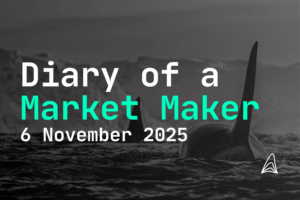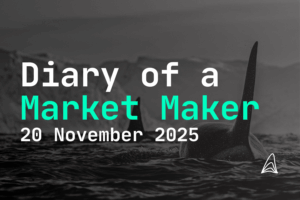
- Sebastjan Bele
- Updated: April 10, 2025
- Reading time: 6 min
From Panic to Pump: A Wild Week for Bonds, Bitcoin & Global Markets
What a week (so far)! Bitcoin dipped below $75K early in the week after Trump’s sweeping tariff announcement sent shockwaves through markets. The 10-year U.S. Treasury yield spiked above 4.5%, and the S&P 500 fell well below 5,000, as macro pressure mounted across the board.

News:
- After Tariff Pause AnnouncementBefore Tariff PauseOther Noteworthy Headlines
Table of Contents
Markets
Best Performers

Chain Volumes
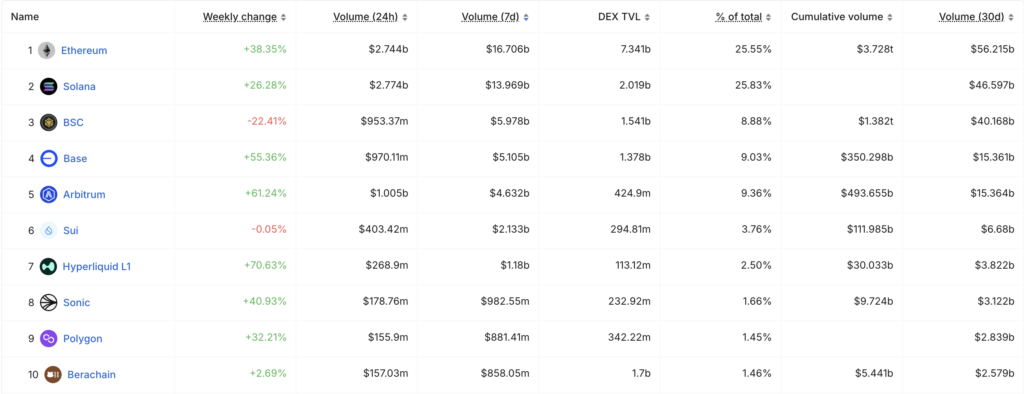
US Spot ETF Balances
US Bitcoin Spot ETFs
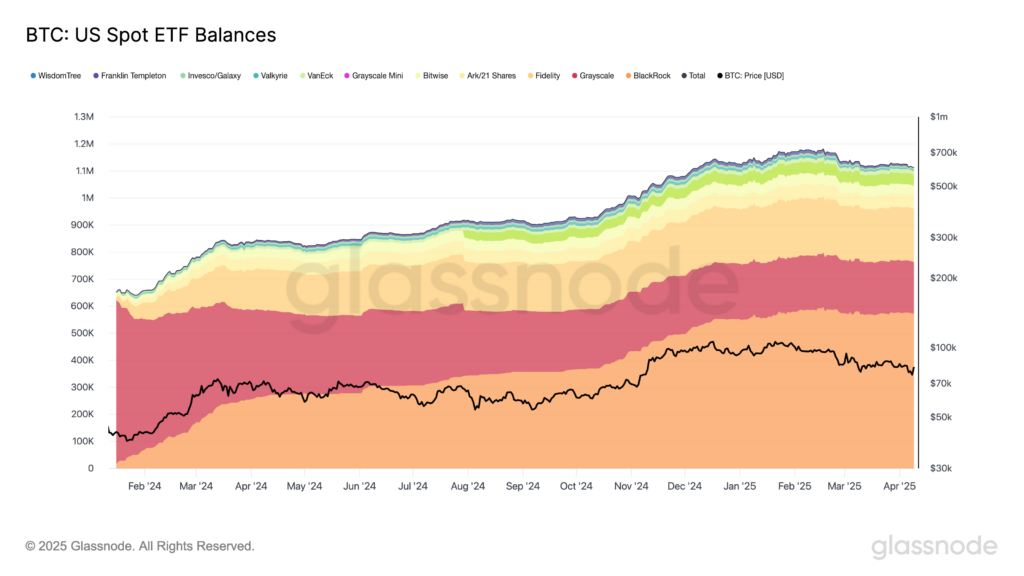
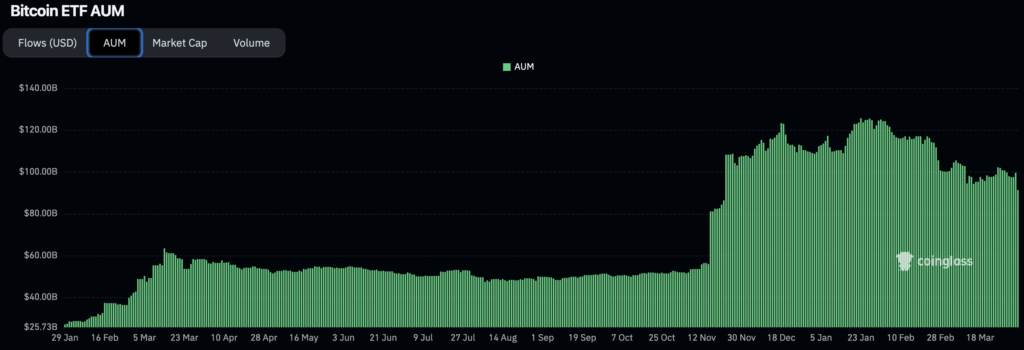
US Ethereum Spot ETFs
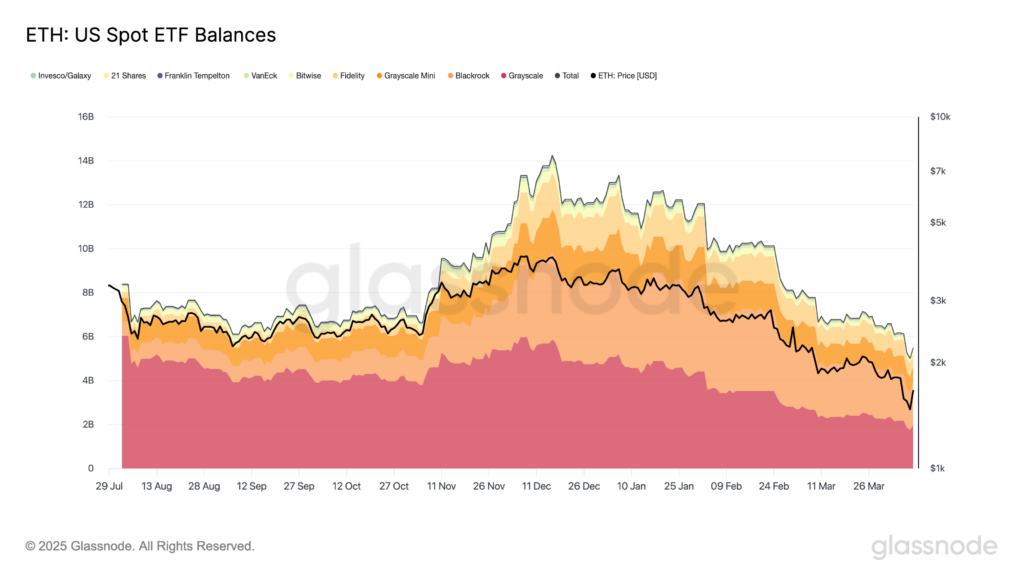
Market Commentary

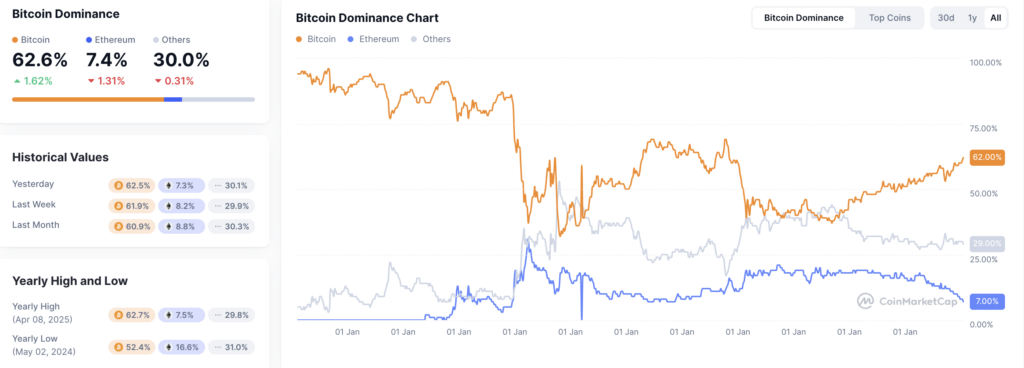
What’s Next?
- Interest Rate Cuts When the Fed lowers benchmark rates, yields tend to fall as existing bonds become more attractive.
- Quantitative Easing (QE) Central bank buys long-term bonds, increasing demand and pushing yields down. This tool was used aggressively after 2008 and during the COVID-19 crisis.
- Yield Curve Control (YCC) The central bank sets a target yield (e.g. 10-year must stay under 2%) and intervenes in the bond market to enforce it. This is more extreme and has been used in Japan.
Meme of the Week
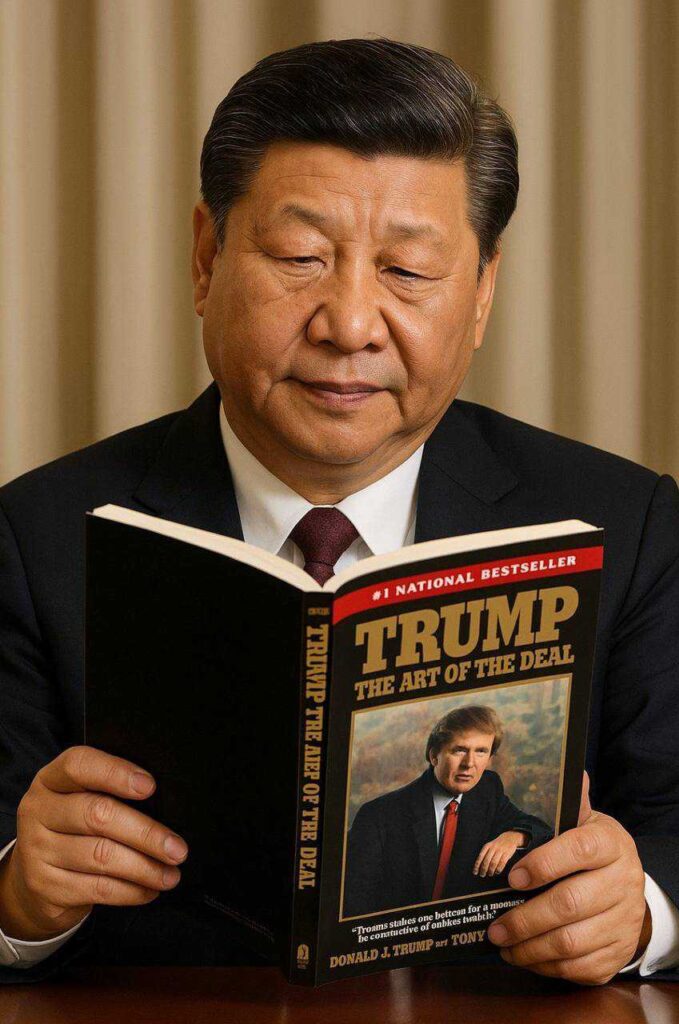
We hope you enjoyed this week’s edition of Diary of a Market Maker ! Stay tuned for more insights, updates, and market-moving highlights as we continue to keep you informed and entertained in the ever-evolving world of crypto.
In the meantime, follow us on X (Twitter) and LinkedIn for real-time updates and more!
Until next time, happy trading and stay ahead of the curve!
Disclaimer: The information provided in this article is for informational purposes only and does not constitute financial, investment, or other professional advice. All opinions expressed herein are solely those of the author and do not represent the views or opinions of any entity with which the author may be associated. Investing in financial markets involves risk, including the potential loss of principal. Readers should perform their own research and consult with a licensed financial advisor before making any investment decisions. Past performance is not indicative of future results.

Jakob Brezigar
Jakob, an experienced specialist in the field of cryptocurrency market making, boasts an extensive international presence. With Orcabay, he has skillfully managed major operations and deals for a wide array of global stakeholders.



